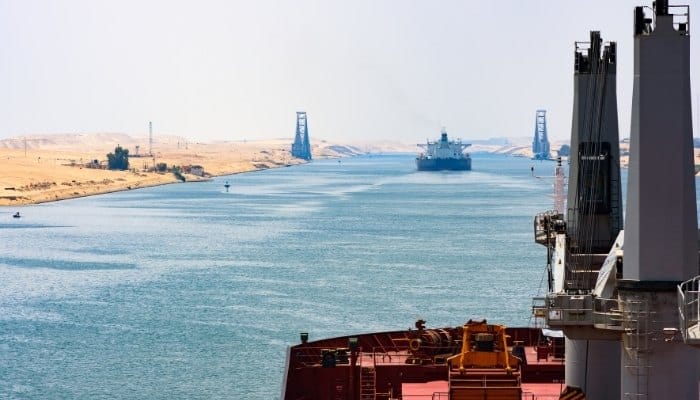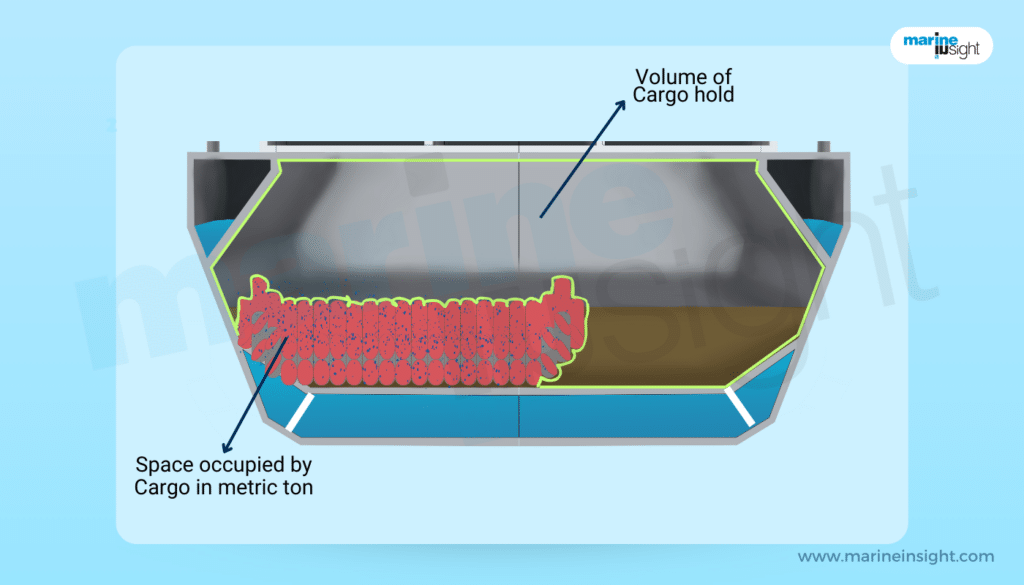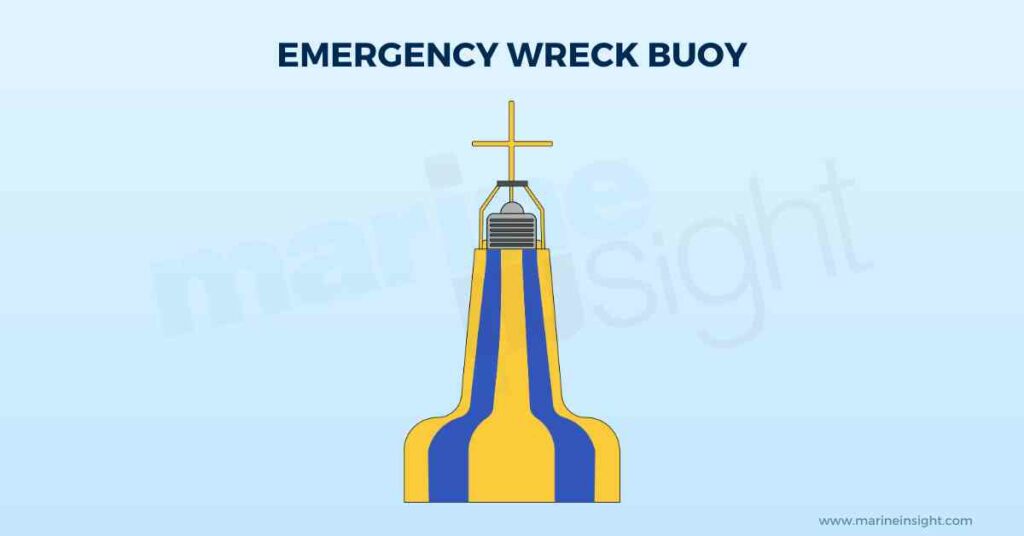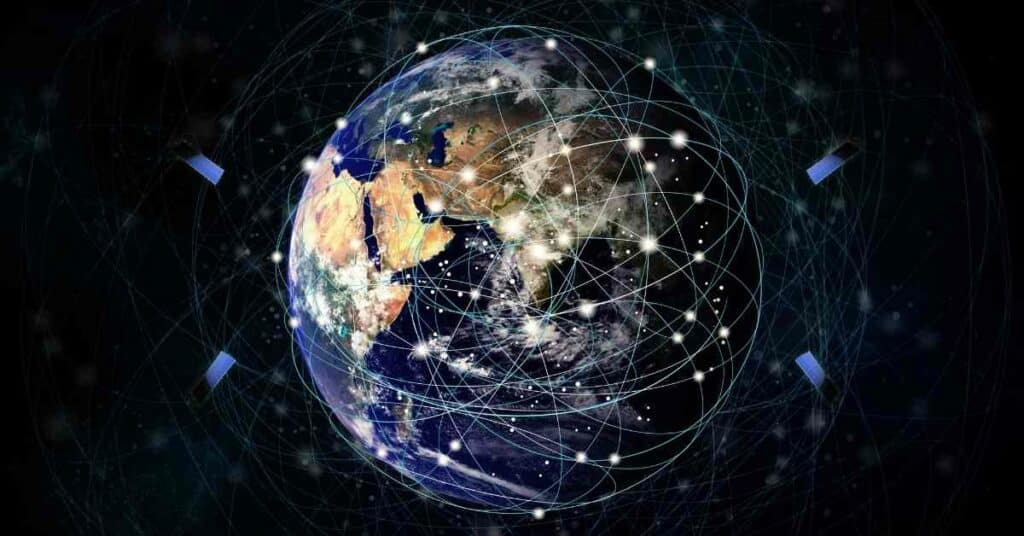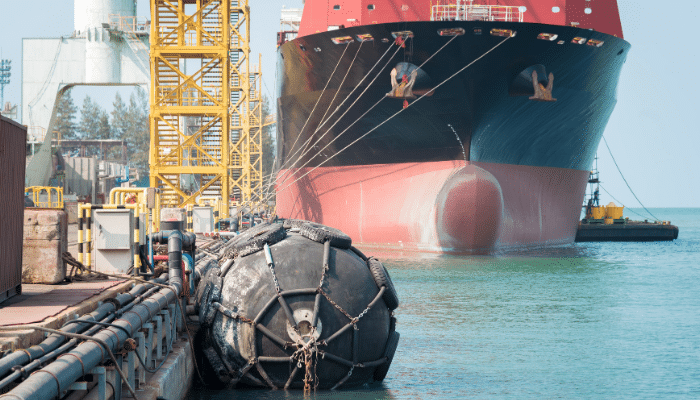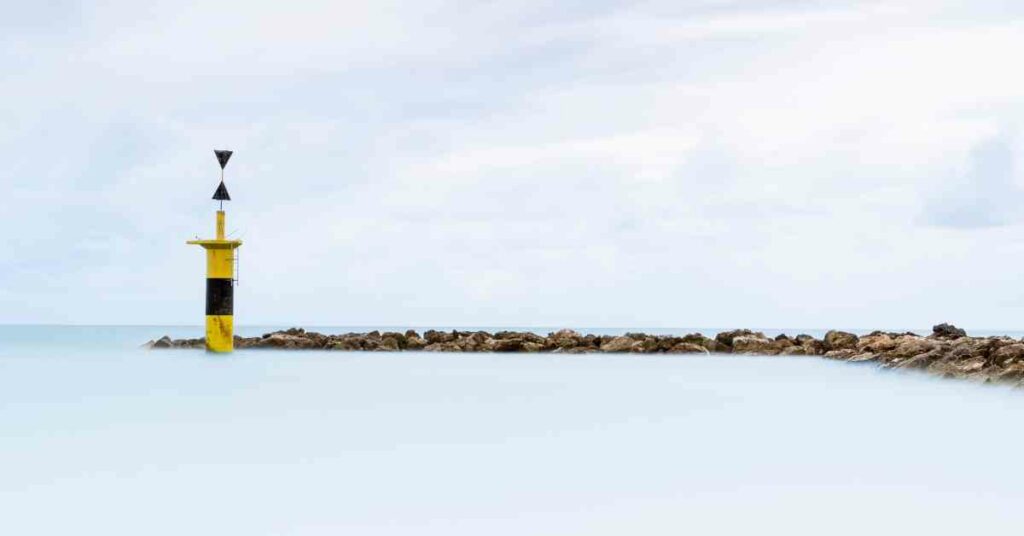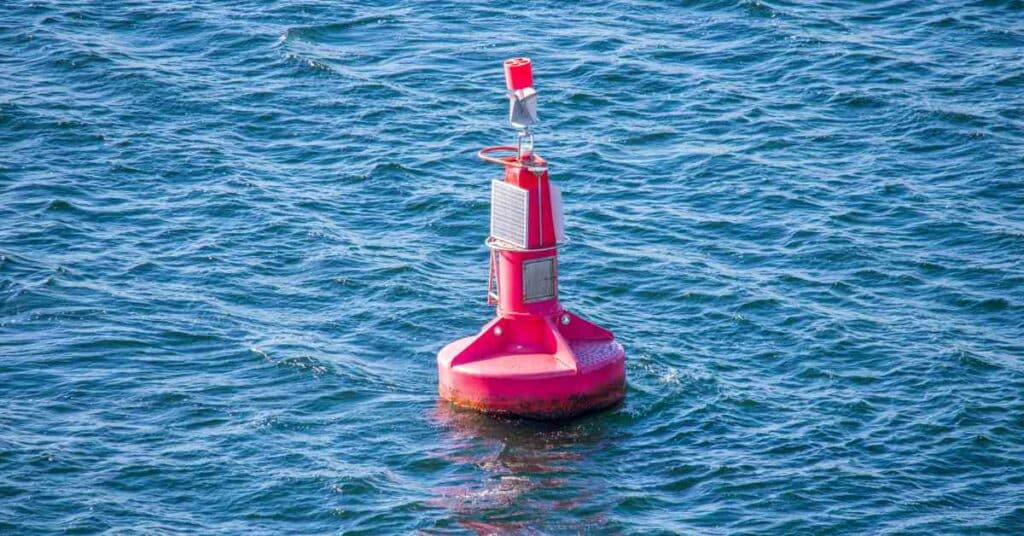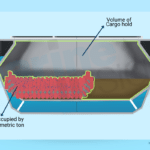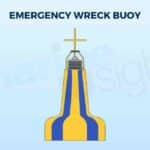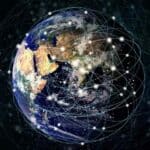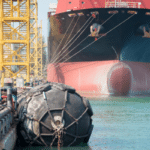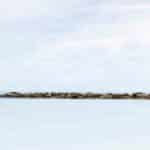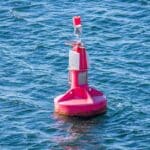What are Maritime Chokepoints?
A chokepoint refers to the point of natural congestion along two broader and more critical navigable passages. Maritime choke points are naturally narrow shipping channels with high traffic because of their strategic locations. They are vital for global trade.
Maritime or oil chokepoints are congestive pathways in some of the world’s famous shipping routes. There are many such choke points worldwide; however, a few are highly renowned for ships and thus face high international security conflicts and cross-border terrorism threats.
As maritime choke points are located at indispensable marine trade routes, in case of global security problems, avoiding these choke points has often been suggested as a workable option. However, since avoiding these maritime choke points of the world would contribute to a massive loss like oil freight shipping operations, most of the oil shipping operations are still carried out by navigating through them.
Some of the famous maritime chokepoints around the world are:
- The Strait of Malacca in the Indian Ocean connects India, China and Southeast Asia. It is one of Asia’s most critical waterways.
- The Strait of Hormuz, controlled by Iran, links the Persian Gulf to the Gulf Of Oman.
- The Suez Canal links the Mediterranean and the Red Sea, providing easy access from Europe to Asia.
- The Panama Canal linking the Atlantic with the Pacific Ocean
- The Strait of Bosporus (Turkish Strait) linking the Mediterranean Sea to the Black Sea
- The three Danish Straits linking the Baltic Sea with the North Sea
- The Bab el-Mandeb Strait formed a gateway for vessels to pass through the Suez Canal on the east coast of Africa. Mainly used by oil and natural gas vessels.
The above-mentioned seven maritime choke points have gained immense ill-fame in the past and present, mainly because of the heavy geopolitical pressure surrounding them.
Maritime history recounts that various economic superpowers of the past effectively imposed naval troops to prevent the passage of marine traffic through these channels. In the present times, it is feared that countries with a hostile political environment may position their naval troops alongside these global choke points, thus adding more vulnerability to an already fragile situation.
Choke points are vital for maritime trade and essential to maintain the global supply chains. They are straits or canals with high traffic volumes due to their strategic geographical location and pose numerous risks. There are structural risks evident in the recent Suez Canal Blockage, where ships can hit the shore of a canal due to the narrow passage resulting in traffic jams lasting for days or even weeks which causes significant economic damage to businesses.
Geopolitical risks include high traffic leading to blockades or deliberate disruptions during political turmoil or unrest. Maritime piracy incidents, hijacking, and other crimes are also threatened. The strait of Bab el-Mandeb and the Suez Canal especially face a substantial operational problem because of such pirate attacks.
In May 2020, the Bab-al-Mandeb Strait faced the ninth pirate attack when a UK chemical tanker was attacked off the coast of Yemen. There is a robust military presence in Djibouti due to the strategic nature of the chokepoint.
A significant proportion of the world’s oil, about 20 million barrels, pass through the Hormuz Strait. In the 1980s, commercial ships and tankers were attacked in the waterway, especially during the Iran-Iraq war.
To stop this threat from continuing further, maritime bodies and leading marine operators have tried to devise alternate shipping routes. E.g., in 2013, the Nicaragua Congress approved a 40 billion dollar project to construct a canal as mighty as the Panama canal. The dream has not been materialised yet due to several reasons.
Alongside, it has also been proposed that key economic powers like the United States and other European countries try to use their naval supremacy to ensure the safety of tanker vessels using these chokepoints. This tactic has also been suggested to counter the hostile political tactics in specific choke points of the world.
Frequently Asked Questions
1. What do you mean by choke points?
They are strategic, narrow passages that link two large areas with one another. In the case of maritime trade, they are usually canals and straits that witness high traffic volumes due to their geographical location.
2. What are the choke points in the Indian Ocean?
There are two choke points in the Indian Ocean. The first is the Malacca Strait which lies between Malaysia, Singapore and the Indonesian island of Sumatra. It links Southeast Asia and the western Pacific to the Indian Ocean. Second is the Hormuz Strait, which is the only sea passage linking the Persian Gulf to the Indian Ocean.
3. What is the political and economic importance of choke points?
Chokepoints are ways to exert control or amplify political power. Hence nations, firms, labour organisations, and social movements may try to establish and control these points due to their economic and political importance.
4. What is an important choke point in Europe?
The Strait of Gibraltar is a crucial maritime choke point as it provides entry to the Mediterranean Sea, where it can be easily blocked by a small number of vessels.
5. Why is the Suez Canal an important choke point?
The Suez Canal is an important choke point as it links the Red Sea with the Mediterranean Sea, hence giving a shortcut while travelling from Asia to Europe.
You may also like to read-
- How Not To Choke When Making The Transition From Ship To Shore
- Ocean Pollution – 6 Things That Make It Worse
- 8 Signs That Indicate Your Ship’s Auxiliary Engine Needs Overhauling
- 11 Major Tyrrhenian Sea Facts
- Understanding Oil Spill at Sea: Drills, Prevention And Methods Of Cleanup
Disclaimer: The authors’ views expressed in this article do not necessarily reflect the views of Marine Insight. Data and charts, if used in the article, have been sourced from available information and have not been authenticated by any statutory authority. The author and Marine Insight do not claim it to be accurate nor accept any responsibility for the same. The views constitute only the opinions and do not constitute any guidelines or recommendations on any course of action to be followed by the reader.
The article or images cannot be reproduced, copied, shared, or used in any form without the permission of the author and Marine Insight.
Do you have info to share with us ? Suggest a correction
About Author
Marine Insight News Network is a premier source for up-to-date, comprehensive, and insightful coverage of the maritime industry. Dedicated to offering the latest news, trends, and analyses in shipping, marine technology, regulations, and global maritime affairs, Marine Insight News Network prides itself on delivering accurate, engaging, and relevant information.

About Author
Marine Insight News Network is a premier source for up-to-date, comprehensive, and insightful coverage of the maritime industry. Dedicated to offering the latest news, trends, and analyses in shipping, marine technology, regulations, and global maritime affairs, Marine Insight News Network prides itself on delivering accurate, engaging, and relevant information.
Latest Marine Navigation Articles You Would Like:
Subscribe To Our Newsletters
By subscribing, you agree to our Privacy Policy and may receive occasional deal communications; you can unsubscribe anytime.
Web Stories



